4 Ways to Transfer Google Photos to iCloud [2025]
You can transfer Google photos to iCloud directly with Google Takeout or AnyTrans app. Additionally, you can save the photos to your iPhone or Android phone first, then upload them to your iCloud account. Check this article and learn how to move photos from Google to iCloud easily.
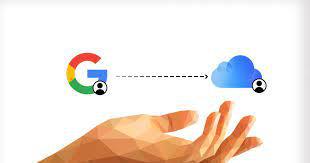
Transfer Google Photos to iCloud
No doubt, Google Photos is an excellent cloud storage media for storing images online. It’s one of the simplest and most highly secured cloud storage services available worldwide. This storage media allows you to manage and organize your photos without stress.
Although Google Photos works without operating system limitations, it’s best to migrate your image files to iCloud if you use an iOS device. The reason for this will be discussed here. In addition, we will walk you through the different techniques to transfer Google Photos to iCloud. You can also learn how to Transfer Photos from iCloud to Google Drive if you need.
Why Do You Need to Transfer Google Photos to iCloud?
Long before now, Google Photos used to be the best cloud storage solution for storing images online. This is because Google Photos offers limitless storage space.
However, in 2021, Google ceased the limitless cloud storage feature. Google Photos cloud storage media now offers free and premium services. The free service allows you access to 15 GB storage, while the premium price goes for $2 and $3 for 100 GB and 200 GB respectively.
iCloud offers premium storage for lower cost, and it’s the native storage for Apple devices. For this reason, many iOS users decided to move Google Photos to iCloud.
4 Ways to Transfer Google Photo to iCloud
With the techniques below, you can transfer Google Photos to iCloud with minimal effort. Check the top methods given:
Method 1. Transfer Google Photos to iCloud on PC Directly [Easy & Fast]
Moving images from Google Photos to iCloud got easier with the innovation of AnyTrans – iPhone Data Manager, the most efficient iOS data transfer solution. With this software, iOS users need not worry about transferring data to or from any iDevice. It also lets you exchange data from Android and PC to your iDevice.
AnyTrans is rated the best worldwide because of the excellent data transfer features it holds. Besides data transfer, the software permits you to migrate apps from PC to iOS devices without compromising them. Additionally, AnyTrans offers data backup. It allows you to store data files from your iDevice to its cloud storage.
Key Feature:
- AnyTrans permits the transfer of over 27 data types such as contact, photos, videos, calendar, apps, and more.
- It allows you to preview and selectively transfer photos. In other words, you can choose the photos you prefer to move to your computer, but not all attachments.
- Super fast transfer speed. You can transfer a large amount of photos in a few minutes. Save your precious time.
- Perfectly compatible with all iOS and Android models, including the latest ones.
- In addition to data transfer, AnyTrans has professional data management and backup functions.
Free try AnyTrans and follow the stepwise guide below to transfer Google Photos to iCloud:
Free Download * 100% Clean & Safe
Firstly, launch Google Photos on your PC and import your desired images to your local storage media.
Step 1. Download and install AnyTrans on your computer > Select iCloud Manager > Sign in to your iCloud account.
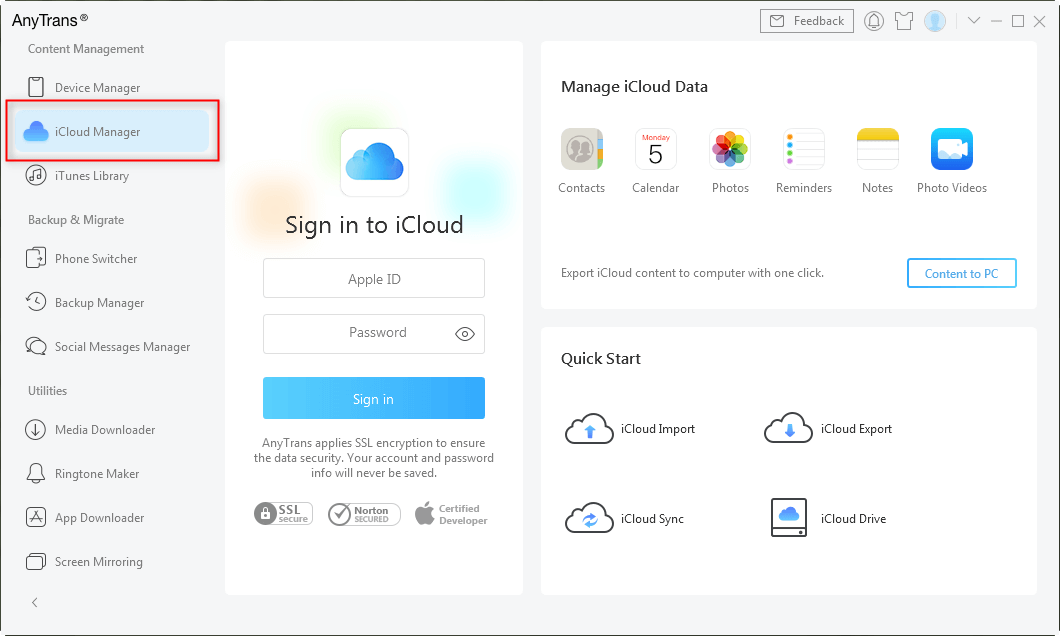
Click on iCloud Manager and Log into iCloud Account
Step 2. Next, select iCloud Import from the options.
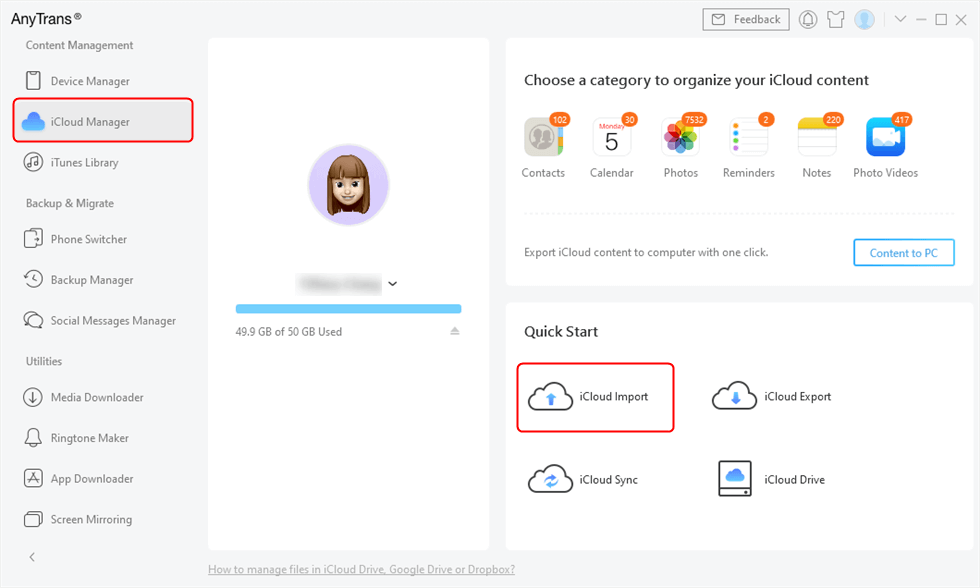
Select iCloud Import
Step 3. AnyTrans automatically directs your computer’s local storage > Choose the images you want to transfer to iCloud and hit OK to proceed.
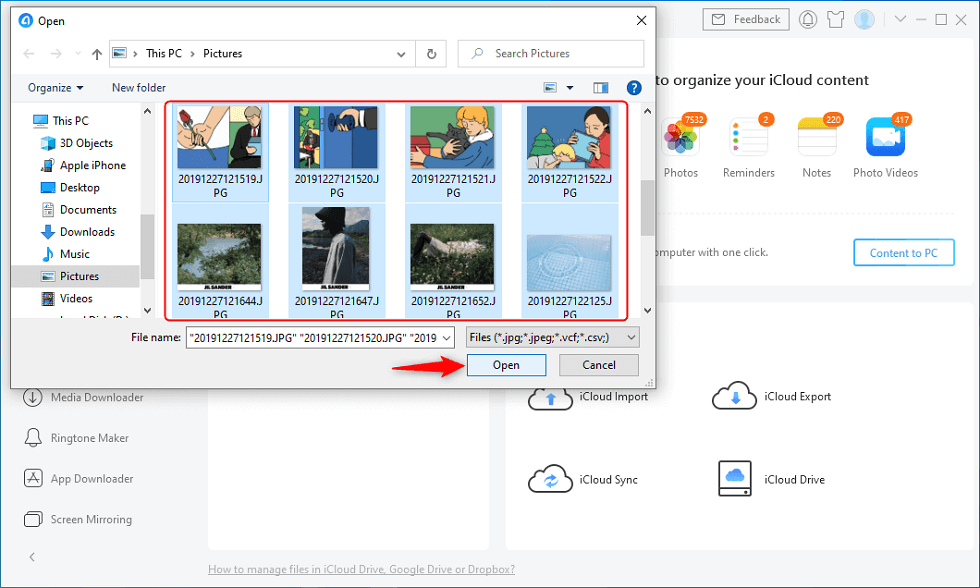
Choose the Images You Want to Transfer to iCloud
Wait until AnyTrans confirms the successful transfer of Google Photos to iCloud. Once done, check your iCloud, you should find the transferred files there.
Free Download * 100% Clean & Safe
Method 2: Migrate from Google Photos to iCloud on PC from Google Takeout
Google Takeout is an excellent tool that offers seamless image transfer services from Google Photos to iCloud. It also supports the export of Google-related data files like Calendar, Chats, and more.
Follow the directions below to migrate Google Photos to iCloud via Google Takeout:
Step 1. Via a web browser on your PC, visit Google Takeout. Make sure you’ve signed in the correct Google Account, then scroll down and check the box next to Google Photos.
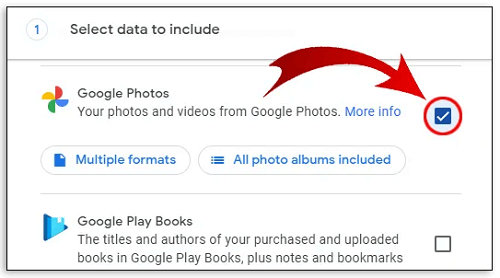
Signed in Google Account
Step 2. Locate the Next step icon at the bottom right corner of your PC screen and click on it.
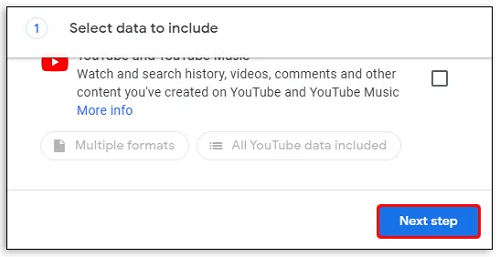
Choose Next Step
A new page will immediately come up on your display screen just as seen below:
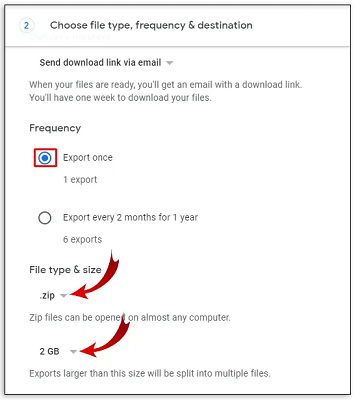
Tap on Create export
Select Export once, and change File type & size. Once done, tap on Create export.
Step 3. Google Takeout will export the image to your PC local drive. An email confirming data export will be sent to your email address.
Next, visit iCloud on your PC. Log in your iCloud account, and sync the photos from Google Photos to iCloud.
Method 3: How to Transfer Photos from Google to iCloud on iPhone
Moving Google Photos to iCloud on iPhone is another simple technique to employ. As we all know, Google Photos connects perfectly well with iOS devices, so migrating image files from Google Photos to iCloud shouldn’t be a challenge. To do this, follow the procedure below:
Step 1. Open the App Store on your iPhone and enter Google Photos in the search field. Hit the download button to install the app on your iDevice.
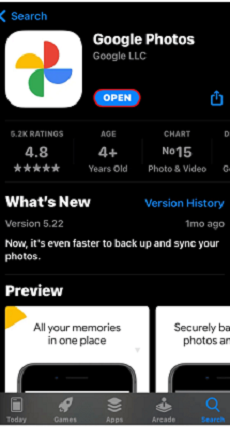
Download Google Photos
Step 2. Launch Google Photos, and enter your credentials in the appropriate fields. Once done, hit the sign-in button to log in to your profile. Google Photos will direct you to a page where all of your synced images will appear, just as seen below:
Step 3. Next, select the photos you want to transfer to iCloud and click the Share button. Here is an image showing what the Share icon looks like:

Select the Potos to Transfer to iCloud
After clicking share, select Save to device. Google Photos will export the selected files to Photos on your iDevice.
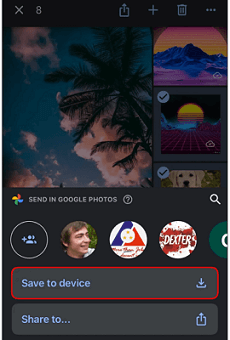
Select Save to device
Step 4. Having transferred the photos to your iOS device, launch the Settings menu page and click on your profile picture.

Select iCloud > Photos
Step 5. Drag the slider next to Sync this iPhone right to enable photo transfer to iCloud. Your iDevice will automatically sync your photos to iCloud, but with the condition that you have enough storage space. If you don’t, then try subscribing to increase the storage.
Method 4: Transfer Google Photos to iCloud on Android
Here is another excellent way to transfer Google Photos to iCloud. But it may seem a bit complicated, and that’s because iCloud is the native storage media for Apple devices. Android devices aren’t expected to connect with the storage media. So what could be done?
Follow the simple instructions below to move Google Photos to iCloud from Android:
- Open a web browser on your Android phone and visit the iCloud website. Then provide your credentials when the next screen pops up.
- Enter the 2FA sent to your iOS device, and confirm that you trust the Android device. Once done, proceed to the next step.
- Now that you’ve gained access to your iCloud account, select Photos from the options appearing on your display screen.
- On the next page, click Upload at the bottom of your Android screen. Select the images to upload from Google Photos and migrate them to iCloud.
FAQs About Transferring Google Photos to iCloud
1. How do I transfer all photos from Google Photos to my iPhone?
You can use Google Photos app to transfer all Google photos to your iPhone. Simply install the app from App Store and log into your Google account, then choose the photos you want to transfer to your iPhone.
2. Is Google Photos better than iCloud?
Google Photos and iCloud both provide free storage to save your photos. You can choose from them according to how you access it more convenient.
3. Can you sync Google to iCloud?
No, Google photos cannot sync to iCloud directly. You need to transfer files from Google to iCloud for syncing.
The Bottom Line
In the article above, we discussed the four (4) official ways to transfer Google Photos to iCloud. All of the methods introduced are simple, quick, and cost-free. Which one do you intend to use when you next want to transfer Google Photos to iCloud?
Before you make a decision, we advise that you select the method that lets you transfer without interruption. AnyTrans allows you to migrate images from Google Photos to iCloud easily and quickly without limitations. AnyTrans boasts of secured data transfer. Try AnyTrans and make the transfer!
Free Download * 100% Clean & Safe
Product-related questions? Contact Our Support Team to Get Quick Solution >

